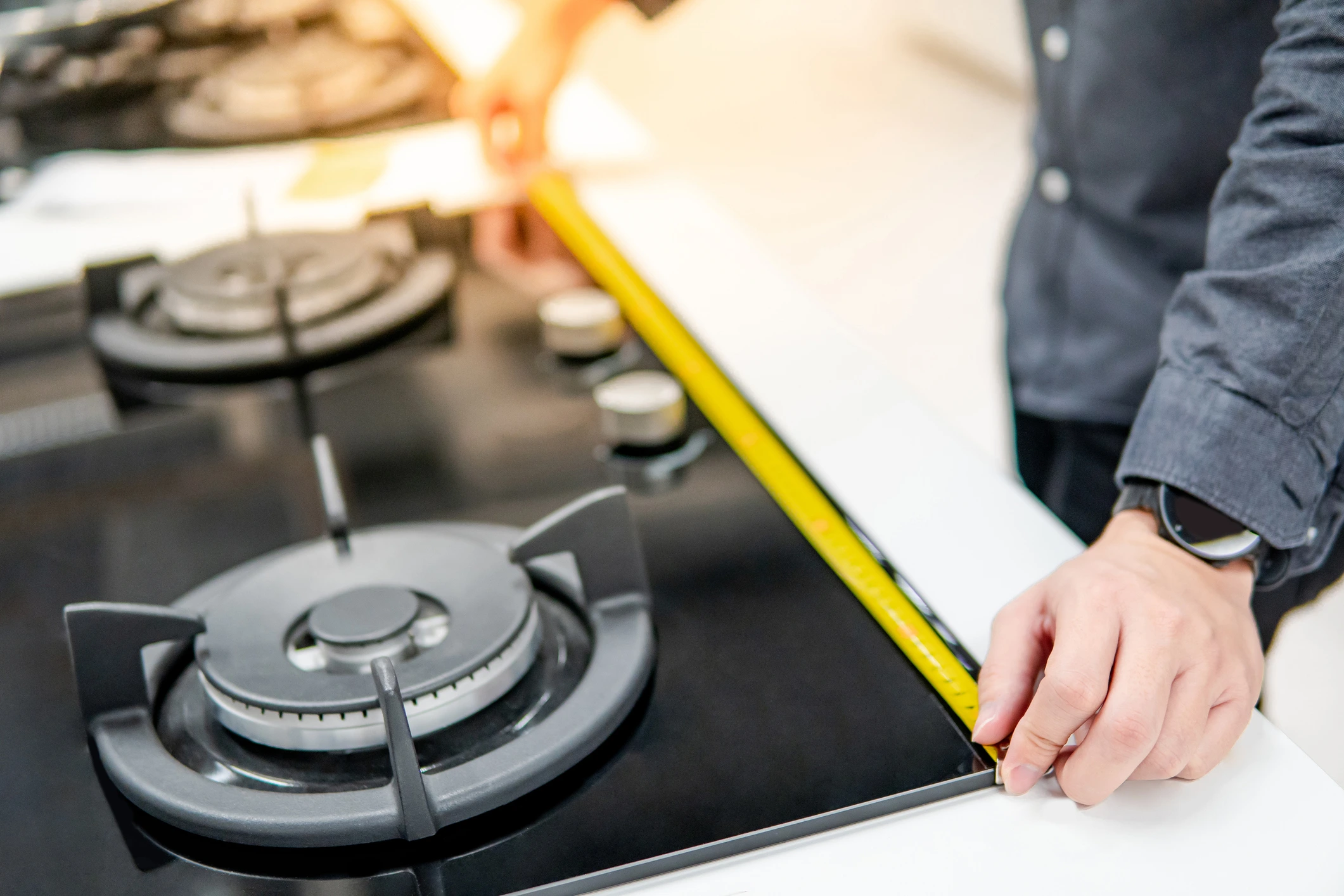

Articles
How To Measure Cooktop Size
Modified: January 7, 2024
Learn how to measure the size of your cooktop conveniently with our comprehensive articles. Expert tips and techniques to ensure a perfect fit.
(Many of the links in this article redirect to a specific reviewed product. Your purchase of these products through affiliate links helps to generate commission for Storables.com, at no extra cost. Learn more)
Introduction
When it comes to purchasing a new cooktop, one of the most important factors to consider is its size. Understanding how to measure the size of a cooktop is crucial in ensuring that it fits perfectly into your kitchen space. A properly measured cooktop will not only enhance the functionality and aesthetics of your kitchen but also prevent any installation issues or modifications that may arise due to incorrect measurements.
In this article, we will guide you through the process of measuring the size of a cooktop. We will explore the various dimensions of a cooktop, including its width, depth, and height, as well as provide you with practical methods to accurately measure each dimension. By the end of this article, you will have the knowledge and confidence to measure a cooktop effectively, enabling you to make an informed decision when purchasing and installing this essential kitchen appliance.
Key Takeaways:
- Accurate measurement of a cooktop’s width, depth, and height is crucial for a seamless installation, optimal functionality, and a visually appealing kitchen space.
- Consider compatibility, ventilation, safety, and professional assistance for a smooth and successful cooktop installation process, ensuring a functional and aesthetically pleasing cooking space.
Read more: How To Cut Blinds To Size
Understanding Cooktop Size Measurements
Before we delve into the methods of measuring a cooktop’s size, it’s crucial to understand the different dimensions that contribute to its overall size. A cooktop typically consists of three main measurements: width, depth, and height.
The width of a cooktop refers to the horizontal distance from one side to the other. This measurement determines how much space the cooktop will occupy on your countertop or within a designated cutout. It is important to measure the width accurately to ensure a snug fit and avoid any gaps or overlaps with adjacent appliances or cabinets.
The depth of a cooktop measures the distance from the front to the back. This dimension is crucial in determining how well the cooktop will align with your countertop and cabinetry. Properly measuring the depth will also prevent any issues with the cooktop protruding or not fitting flush with the surrounding surfaces.
The height of a cooktop is the vertical measurement from the bottom to the top. This dimension is essential to ensure that the cooktop fits within the allotted space and maintains the appropriate clearance requirements from cabinets or overhead structures. Measuring the height accurately will help avoid any conflicts with ventilation systems or other restrictions.
By understanding these fundamental cooktop size measurements, you will be well-equipped to measure your cooktop confidently and make an informed decision about its installation.
Methods for Measuring Cooktop Size
Now that you understand the dimensions involved in measuring a cooktop’s size, let’s explore the methods you can employ to obtain accurate measurements. It is important to note that the specific method you choose may vary depending on the design and features of your cooktop. However, these general methods will provide you with a solid foundation to measure various types of cooktops.
1. Use a Tape Measure: The most common and reliable method for measuring the width, depth, and height of a cooktop is by using a tape measure. Start by measuring the width from one side to the other, ensuring that the tape measure is parallel to the countertop surface. For the depth, measure from the front edge of the cooktop to the back, taking into account any protrusions or handles. Lastly, measure the height from the bottom of the cooktop to the top, including any control knobs or panels.
2. Refer to the Manufacturer’s Specifications: Another method to obtain precise measurements for your cooktop is by referring to the manufacturer’s specifications. Most cooktops come with detailed specifications that outline their exact dimensions. These specifications can usually be found in the product manual or on the manufacturer’s website. While this method may be more convenient, it is always recommended to double-check the measurements using a tape measure to ensure accuracy.
3. Consult with a Professional: If you’re unsure about measuring your cooktop or if you have a complex installation scenario, it’s wise to seek assistance from a professional. A qualified installer or kitchen designer will have the expertise to measure your cooktop accurately and provide suitable recommendations based on your kitchen’s layout and requirements. They can also ensure that the cooktop is properly aligned with other appliances and adhere to safety regulations.
By utilizing these methods, you can confidently measure the size of your cooktop and ensure a seamless installation process. Accurate measurements will not only guarantee a proper fit but also prevent any future complications, such as difficulty in cleaning or accessing critical components.
Measuring the Width of a Cooktop
The width of a cooktop is a crucial measurement to ensure it fits perfectly into your kitchen space. To measure the width accurately, follow these step-by-step instructions:
- Clear the area: Remove any objects or clutter from the countertop surrounding the cooktop to have a clear workspace.
- Locate the starting point: Identify the left or right edge of the cooktop as your starting point for measurement.
- Place the tape measure: Position the tape measure horizontally from the starting point to the opposite edge of the cooktop. Ensure that the tape measure is parallel to the countertop surface.
- Read the measurement: Take note of the measurement displayed on the tape measure where it meets the opposite edge of the cooktop. This measurement represents the width of the cooktop.
When measuring the width of a cooktop, it is important to factor in any additional clearance that may be required. Check the manufacturer’s specifications or installation instructions to determine if there are any recommended clearances on the sides of the cooktop.
Remember to write down the width measurement accurately as it will serve as a reference when purchasing a new cooktop or planning for a kitchen renovation. A properly measured width will ensure that the cooktop fits seamlessly into the available space, preventing any gaps or overlaps that may compromise its functionality and visual harmony with the surrounding countertop and cabinetry.
Measuring the Depth of a Cooktop
The depth measurement of a cooktop is essential to ensure proper alignment with the surrounding countertop and cabinetry. Follow these steps to accurately measure the depth of your cooktop:
- Clear the area: Remove any objects or clutter from the front and back of the cooktop, allowing you to access and measure its full depth.
- Locate the starting point: Identify the front edge of the cooktop as your starting point for measurement.
- Place the tape measure: Position the tape measure vertically from the front edge of the cooktop to the back. Ensure that the tape measure is straight and aligned with the cooktop’s surface.
- Account for handles and protrusions: If your cooktop has handles or protrusions at the back, measure all the way to the farthest point of these elements. This will ensure that the depth measurement includes any additional depth requirements.
- Read the measurement: Take note of the measurement displayed on the tape measure where it meets the back edge of the cooktop. This measurement represents the depth of the cooktop.
When measuring the depth of a cooktop, it is crucial to consider the height and clearance of any adjacent cabinets or structures. These dimensions will help determine if the cooktop will fit within these spaces and allow for proper ventilation and accessibility.
Remember to write down the depth measurement accurately as it will guide you when selecting a new cooktop or planning for a kitchen remodel. A correctly measured depth will ensure that the cooktop aligns seamlessly with the countertop and cabinetry, creating a cohesive and functional kitchen design.
Read more: How To Check Bra Size With Measuring Tape
Measuring the Height of a Cooktop
The height measurement of a cooktop is crucial in determining its compatibility with the available space in your kitchen. Follow these steps to accurately measure the height of your cooktop:
- Clear the area: Remove any items or obstructions above and around the cooktop to have a clear view.
- Locate the starting point: Identify the lowest point of the cooktop as your starting point for measurement.
- Place the tape measure: Position the tape measure vertically from the starting point to the highest point of the cooktop. Ensure that the tape measure is aligned straight and parallel to the cooktop’s surface.
- Include control knobs or panels: If your cooktop has control knobs or control panels that extend above the main surface, make sure to include them in the height measurement.
- Read the measurement: Take note of the measurement displayed on the tape measure at the highest point of the cooktop. This measurement represents the height of the cooktop.
When measuring the height of a cooktop, it is essential to consider the space required for adequate ventilation. Check the manufacturer’s specifications for any recommended clearances or ventilation requirements above and around the cooktop.
Remember to record the height measurement accurately as it will guide you when choosing a new cooktop or planning for a kitchen renovation. A correctly measured height ensures that the cooktop fits within the available space while adhering to safety regulations and providing sufficient clearance for proper functionality.
Determining the Overall Size of a Cooktop
To determine the overall size of a cooktop, you will need to consider the width, depth, and height measurements collectively. By combining these measurements, you can ascertain the exact dimensions of the cooktop, ensuring it fits seamlessly into your kitchen space.
Start by gathering the individual width, depth, and height measurements, as discussed earlier in this article. Once you have those measurements, follow these steps to determine the overall size of the cooktop:
- Add the width and depth: Take the width measurement and add it to the depth measurement. This sum represents the overall size of the cooktop in terms of its width and depth.
- Consider the height: Take the height measurement and compare it to the overall size calculated in the previous step. This will give you an understanding of how the height contributes to the overall dimensions of the cooktop.
For example, if your cooktop has a width of 30 inches and a depth of 20 inches, the overall size would be 30 inches by 20 inches. By incorporating the height measurement, such as 4 inches, you would determine that the overall size of the cooktop is 30 inches by 20 inches by 4 inches.
It’s important to consider the overall size of the cooktop when planning for installation or replacement. Ensure that you have sufficient space in your kitchen and that the cooktop dimensions align with the available countertop or cutout space. Additionally, consider any clearance requirements or ventilation recommendations provided by the manufacturer.
By determining the overall size of the cooktop, you can make informed decisions about the suitability of the appliance for your kitchen and ensure a seamless installation process.
Considerations for Cooktop Installation
When installing a cooktop, there are several important considerations to keep in mind to ensure a smooth and successful installation process. Taking these factors into account will help you avoid any potential issues and ensure that your cooktop functions properly in your kitchen space. Here are some key considerations to keep in mind:
1. Compatibility:
Ensure that the cooktop you select is compatible with your kitchen setup. Consider factors such as the available countertop space, cutout dimensions, and existing wiring and gas connections. Additionally, check for any specific installation requirements or restrictions provided by the manufacturer.
2. Ventilation:
Proper ventilation is crucial for the safe and efficient operation of a cooktop. Ensure that your kitchen has adequate ventilation, either through a range hood or ventilation system. Follow the manufacturer’s guidelines regarding the recommended clearance distance between the cooktop and any ventilation source.
3. Electrical or Gas Connections:
For electric cooktops, ensure that you have the appropriate electrical wiring and outlet to handle the power requirements. It is recommended to consult with a licensed electrician to ensure a proper and safe electrical installation. For gas cooktops, make sure that you have a gas supply line and connections in place, and consult with a licensed gas fitter if needed.
4. Cutout Dimensions:
If you are replacing an existing cooktop, double-check the cutout dimensions to ensure that the new cooktop will fit seamlessly. Measure the width, depth, and height of the cutout and compare them to the specifications of the new cooktop. Allow for any additional space required for clearances or ventilation.
5. Safety Considerations:
Ensure that your cooktop installation adheres to safety regulations and guidelines. This includes proper grounding for electric cooktops and following all local codes and regulations for gas installations. If in doubt, consult with a qualified professional to ensure a safe installation process.
Read more: How To Measure Foot Size With Measuring Tape
6. Professional Installation:
If you are unsure about any aspect of the cooktop installation or if you have a complex setup, it is always advisable to seek professional installation services. A licensed installer will have the expertise and knowledge to ensure a proper and efficient installation, minimizing the risk of any complications or hazards.
By considering these factors during the cooktop installation process, you can ensure a smooth and successful integration of the cooktop into your kitchen. This will result in a functional and aesthetically pleasing cooking space that meets your needs and enhances your culinary experience.
When measuring a cooktop, be sure to measure the width, depth, and height of the actual cooking surface. This will ensure that you select the right size cooktop for your kitchen space.
Conclusion
Measuring the size of a cooktop accurately is essential for a seamless installation and optimal functionality in your kitchen. By understanding the dimensions of a cooktop, including its width, depth, and height, you can ensure a perfect fit and avoid any potential issues. Properly measured cooktops not only enhance the overall aesthetics of your kitchen but also facilitate efficient and safe cooking experiences.
Using methods such as tape measuring, referring to manufacturer’s specifications, or consulting with professionals, you can obtain precise measurements for your cooktop. Take into account additional clearances, handles, protrusions, and ventilation requirements when obtaining measurements to ensure compatibility with your kitchen space.
When it comes to installation, consider factors like compatibility, ventilation, electrical or gas connections, cutout dimensions, and safety considerations. These considerations will help you avoid problems and ensure a smooth installation process.
Remember, if you are unsure about any aspect of the installation or have a complex setup, it is always wise to seek professional assistance to ensure a safe and proper installation.
In conclusion, measuring the size of a cooktop accurately and considering the installation requirements ensures a well-fitted and functional addition to your kitchen. By taking the time to measure carefully and consider the necessary factors, you can enjoy a properly installed cooktop that enhances your cooking experience and adds value to your home.
Frequently Asked Questions about How To Measure Cooktop Size
Was this page helpful?
At Storables.com, we guarantee accurate and reliable information. Our content, validated by Expert Board Contributors, is crafted following stringent Editorial Policies. We're committed to providing you with well-researched, expert-backed insights for all your informational needs.
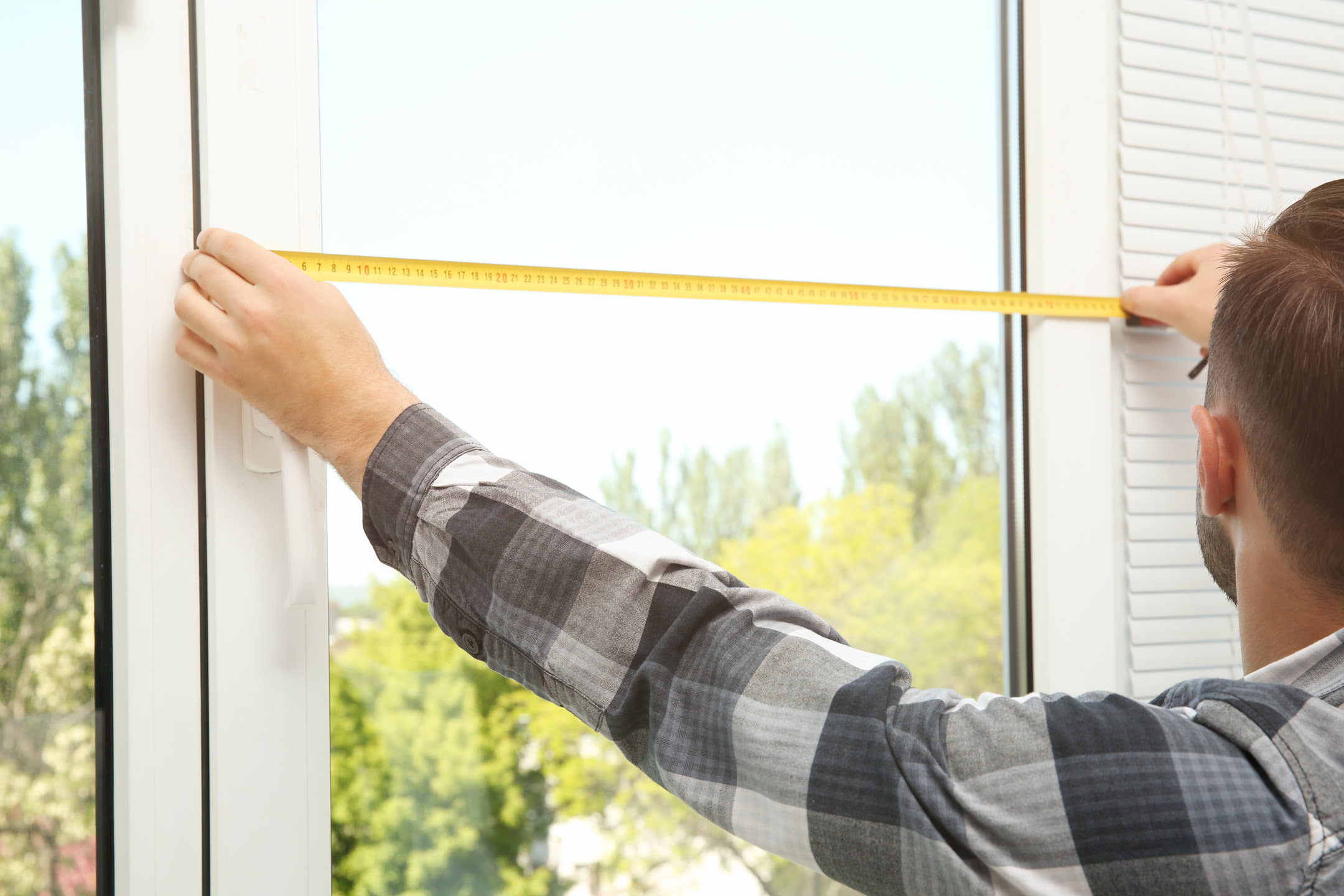


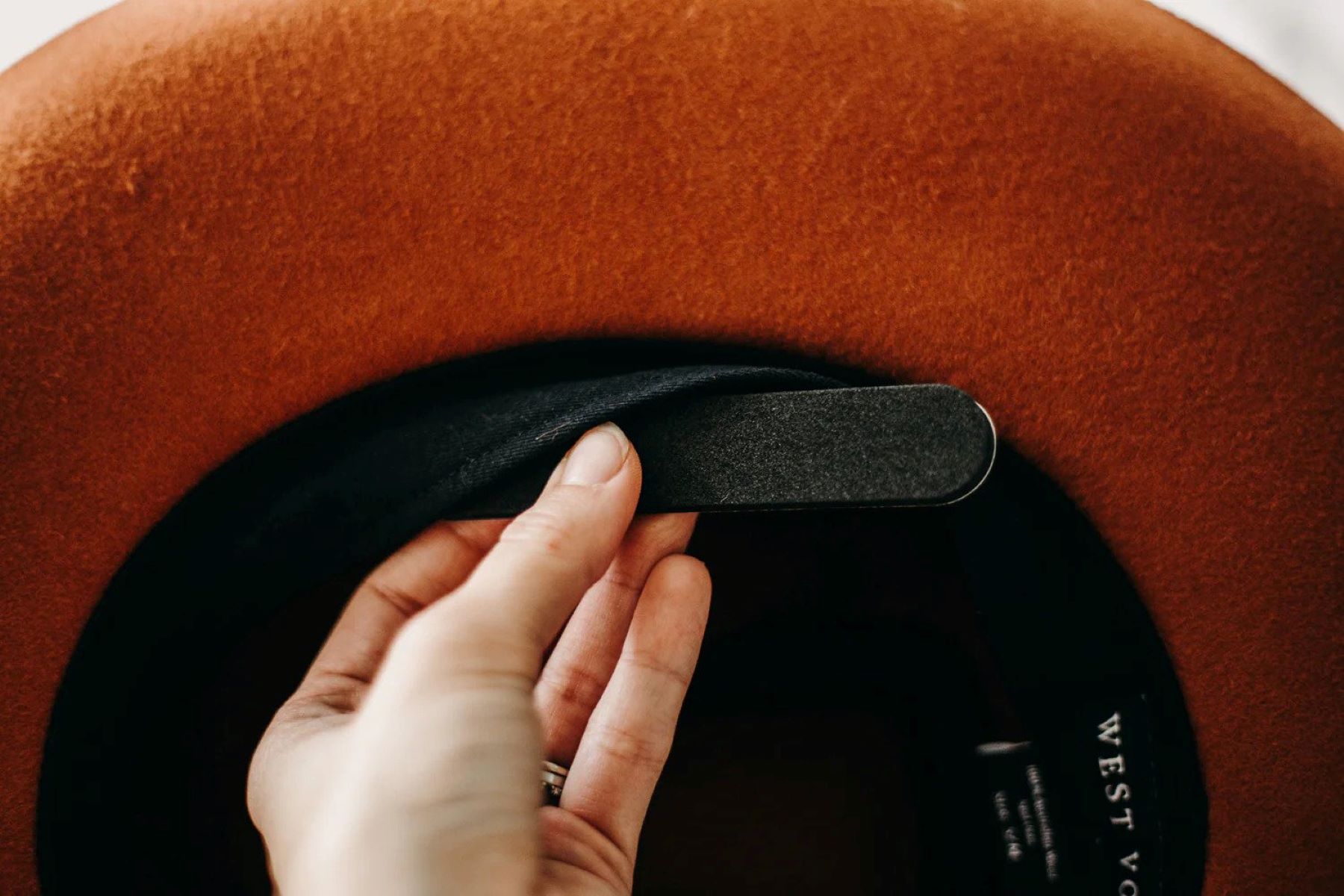

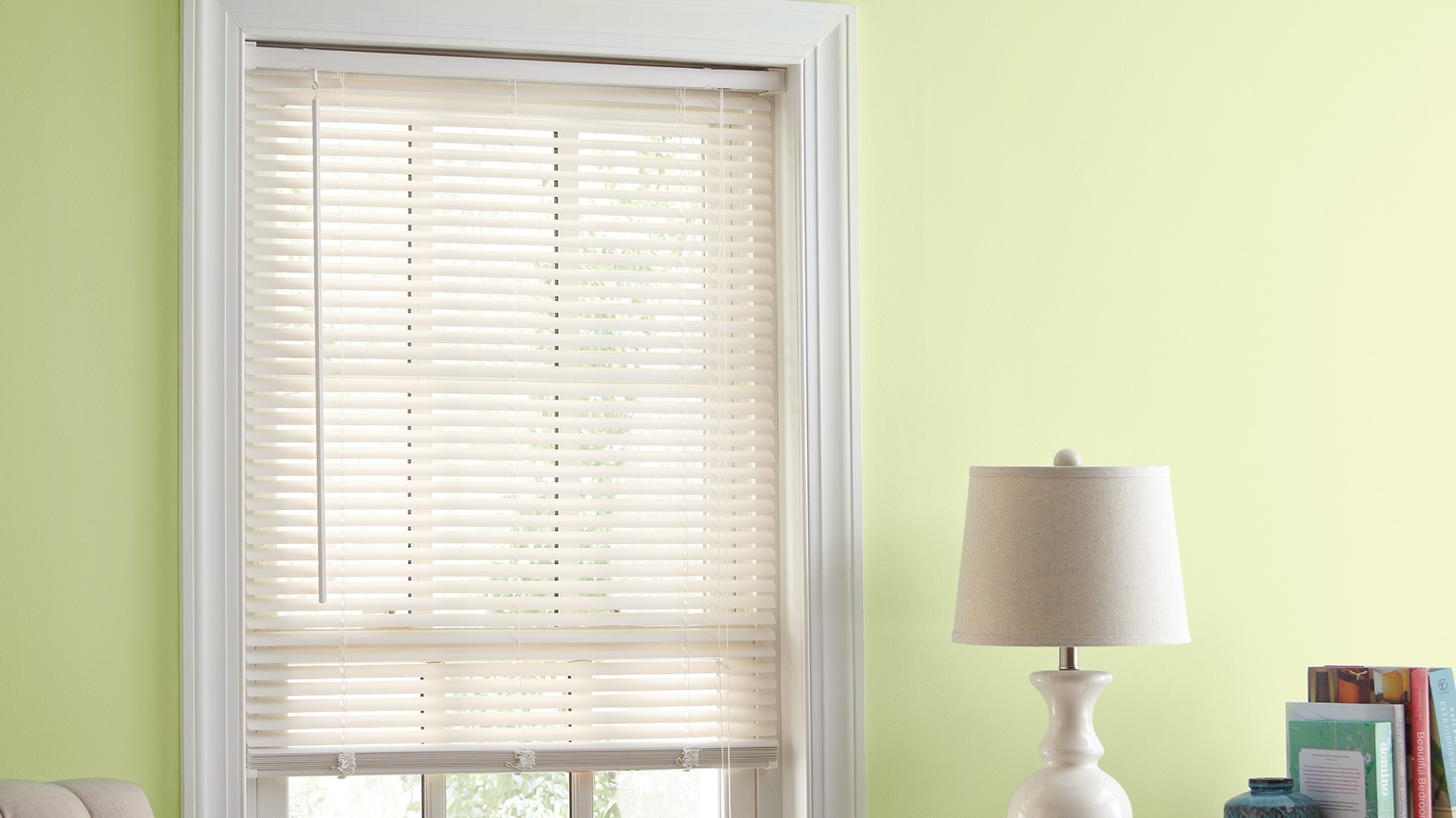



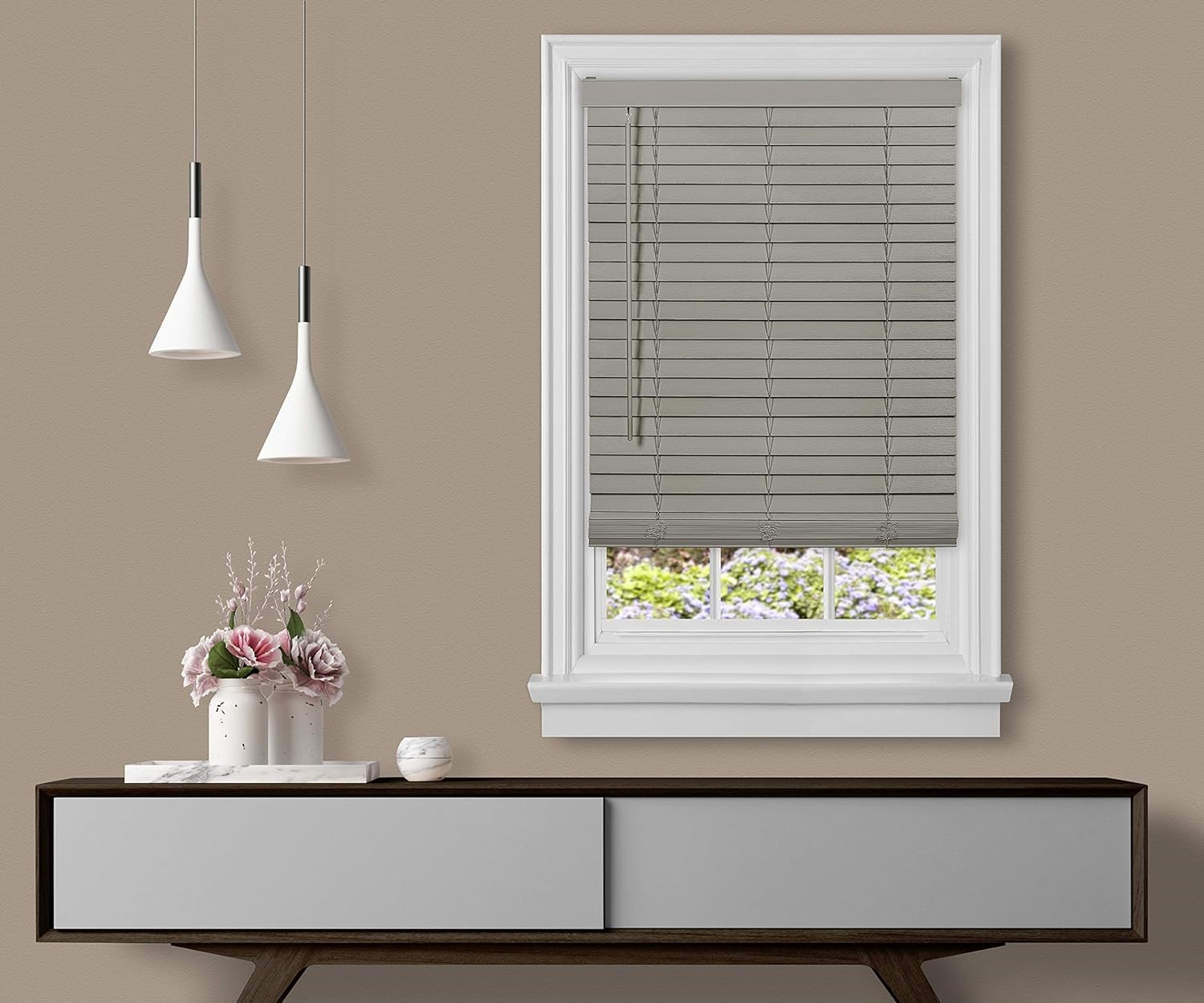
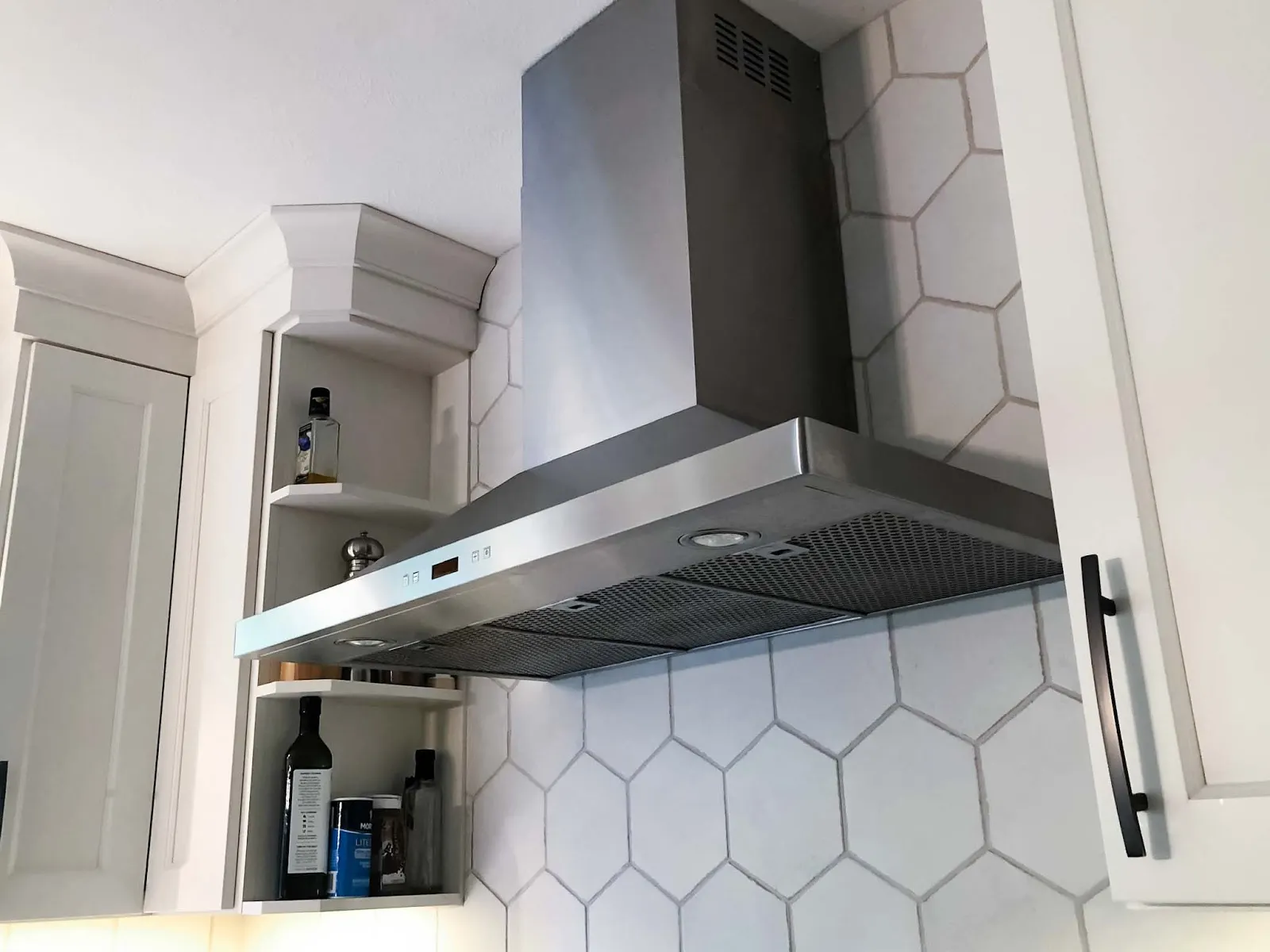
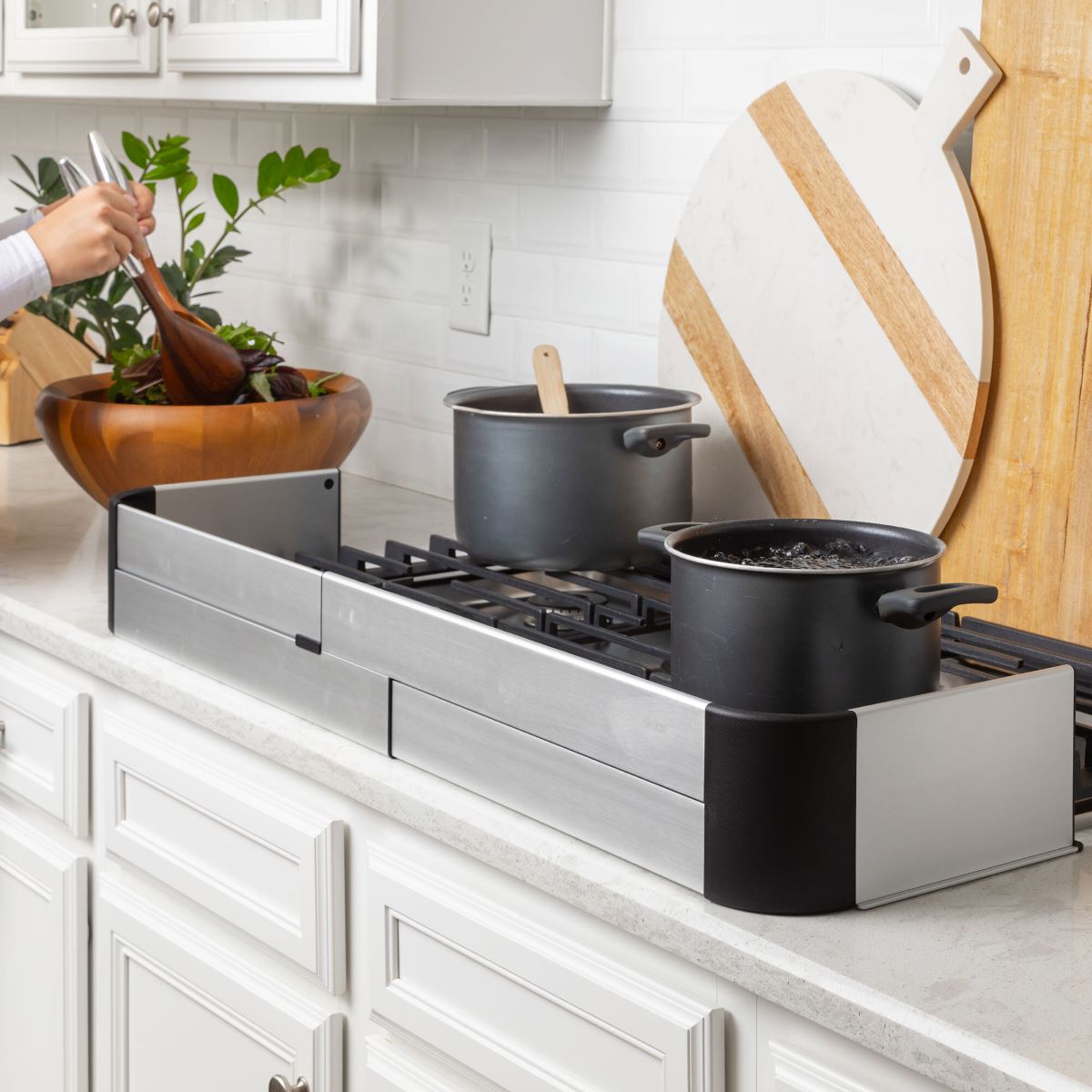

0 thoughts on “How To Measure Cooktop Size”